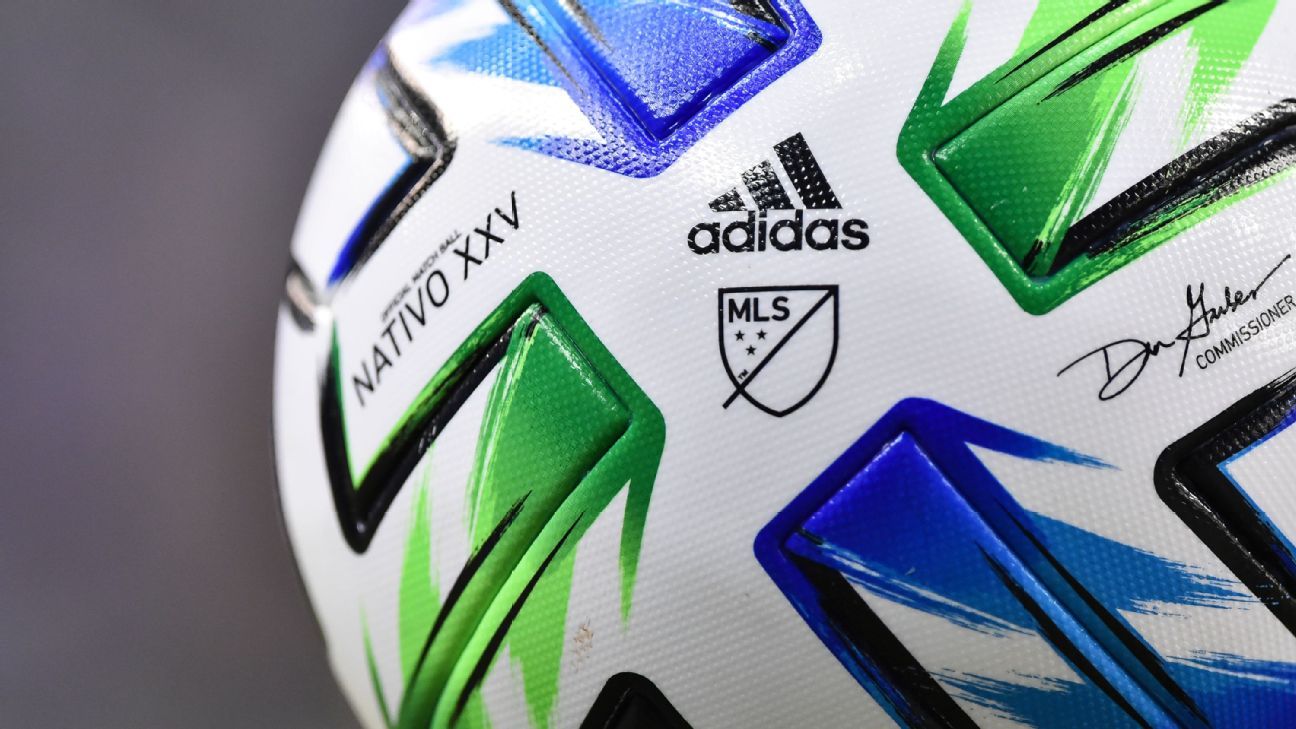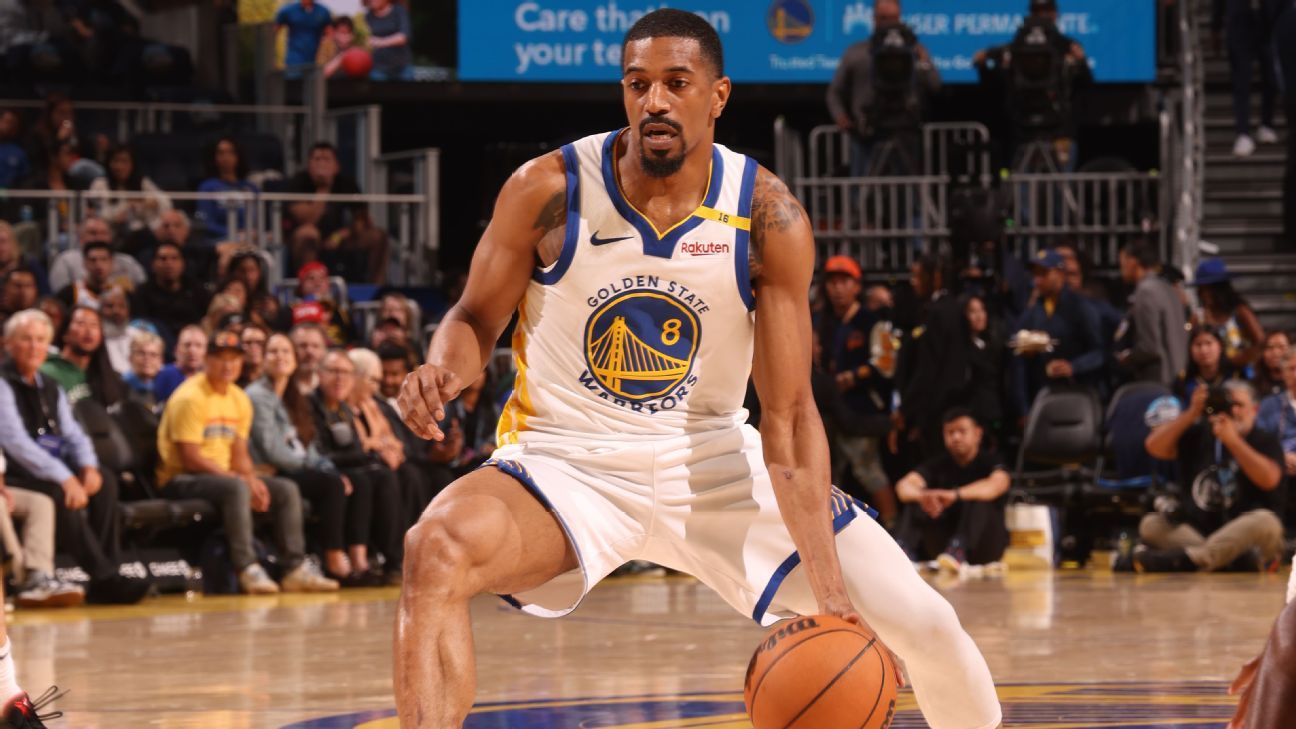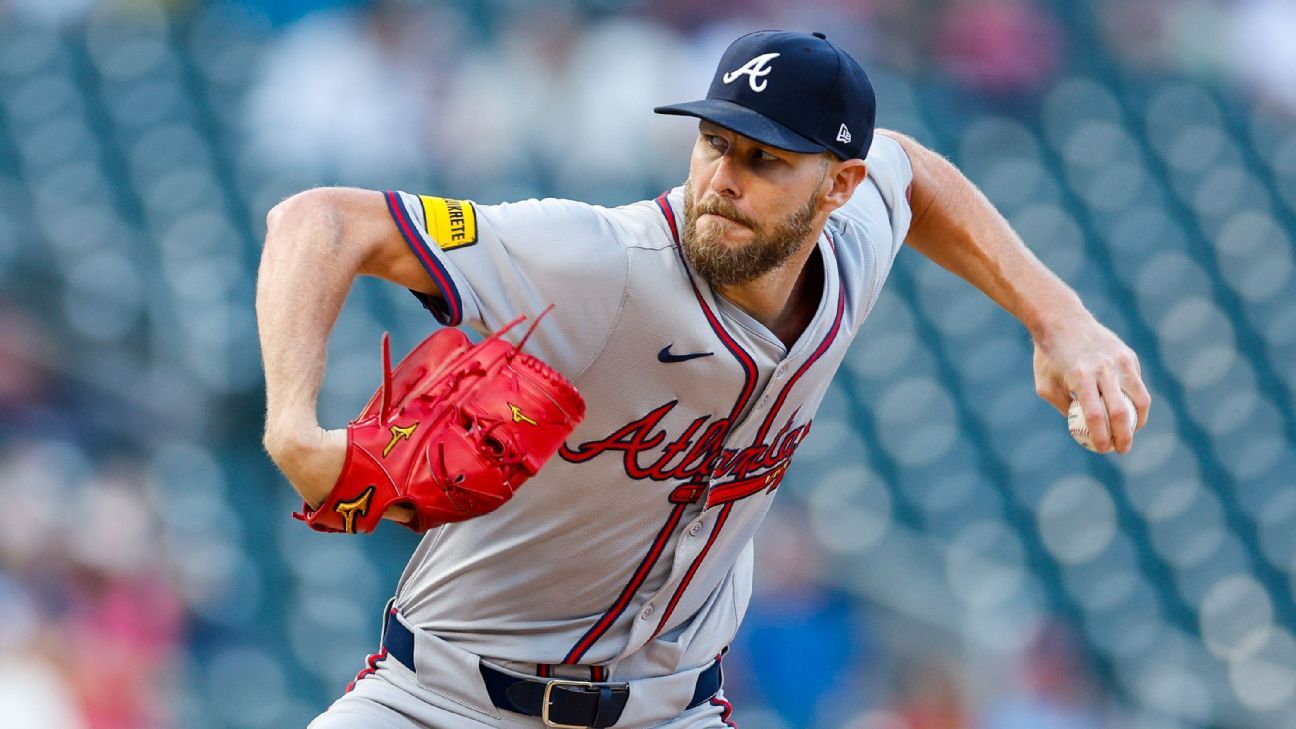
Major League Soccer will launch a development-focused league next year, aimed to bridge the gap between youth academies and first-team rosters, the league announced on Monday.
The new league, which has yet to be named, is expected to include roughly 20 teams in its first year, including several MLS-operated teams currently playing in the USL Championship and USL League One. By 2023, every MLS team with a lower-division team will play in the league, which will also include an uncapped number independent teams outside of the league's current ownership structure. It is likely there will be at least some independent representation in Year 1.
There are three primary motivating factors for the league's creation, according to MLS president and deputy commissioner Mark Abbott: Completing the pro pathway from the youth level to MLS, taking professional soccer into new media markets and providing more opportunities in various soccer-related to roles to a more a diverse pool of candidates.
- ESPN+: MLS chat and more on ESPN FC Daily (U.S. only)
- MLS roundtable: The hits and misses of the season so far
"One of the really key components of [the pro pathway] is to have a lower-division opportunity for players that have come up through the development system, but aren't yet ready to play for their first team," Abbott told ESPN. "We need to find a place for them to have meaningful competition and meaningful minutes and having a vibrant, lower division league is a way to do that."
For several years, USL has provided that function and the relationship has benefitted each league to varying degrees. However, as both leagues have grown, it has been increasingly clear the MLS-operated teams were motivated by player development, while the USL teams prioritized on-field results.
"In the early years, I believe that USL really wanted us in and they were accommodating," said longtime Sporting Kansas City head coach Peter Vermes. "They were trying to, obviously, grow their league and it was a way to make it a little bit exciting to have us around. But realistically, what we're trying to do and the way that we're trying to use those teams as an extension of our first team, how we're trying to develop the future of our MLS teams, it's not necessarily their objectives.
"That's not any sort of criticism, it's just reality."
MLS has applied for Division III sanctioning from the United States Soccer Federation, which is the same level as USL League One and a level below the USL Championship. In the U.S., where there is not a promotion-relegation system, sanctioning for different divisions takes into account factors like stadium size and standards, media capabilities, market size and more. There will not be any restrictions related to age.
"I wouldn't characterize it us versus the USL," Abbott said. "I expect USL, which we have a great relationship with, to remain a really dynamic and vibrant league and continue to be very strong and do what it's doing. And I think they've done a great job of growing and I don't see that changing."
A USL spokesperson said: "The more pathways there are for young players across the country, the better. We wish MLS success in their efforts and look forward to continuing our work together to grow the sport of soccer in the United States."
McConaughey hypes up Austin crowd with bongo drums
Matthew McConaughey helps energize the crowd as he bangs bongo drums on the field during Austin FC's first-ever home game.
For Vermes, the alignment between the league's recently-launched youth league, MLS Next, the new league that will begin next season and MLS will have significant benefits compared to when MLS clubs relied on the U.S. Soccer-run Development Academy (which folded in 2020) for youth development and USL for its second teams.
"[The alignment] is such an important aspect because you can go out and focus on what you're doing," he said. "If you have three different organizations representing those areas of play and they are not aligned in a way that they're trying to push players along, and they're not aligned in the way that you can move players up and down and all that. That's where it becomes very difficult."
Plans for the league were first reported by The Athletic.
MLS-operated teams in the new league are expected to play either at the MLS stadium or at a smaller venue in relatively close proximity, as is the case now with the teams playing in USL. Over time, it's possible some MLS teams could choose to base their second team in a different media market in an attempt to expand their reach. Independent teams will be required to pay an undisclosed expansion fee to take part in the league.
The structure and calendar will closely resemble that of MLS, including the use of conferences. A 20-26 game schedule will begin in late March leading into playoffs and a championship game slated for early December. Independent teams will also be eligible to participate in the U.S. Open Cup and as the league grows, MLS plans to explore options to allow teams in the league to play lower-division teams from other countries.
It's unclear exactly how television distribution will be handled, however, the league envisions every game will be produced with some games appearing on linear television, according to Abbott.
"A lot would be streamed and we think that there's obviously a growing market for streaming products," he said. "One of the exciting things about all of this is we think that this is a very attractive commercial and media opportunity. There is going to be a great number of games for distributors who are looking for a product that people are interested in that can be available on streaming platforms and I think this fits that need."
Leadership for the league will be determined over the next six months and be based at MLS headquarters in New York City.















 Phone: (800) 737. 6040
Phone: (800) 737. 6040 Fax: (800) 825 5558
Fax: (800) 825 5558 Website:
Website:  Email:
Email: 






